As PhD students, we’re often busy with experiments, analyses, presentations, and papers. However, contrary to popular belief, we do occasionally emerge from our PhD student caves to have fun and enjoy ourselves every once in a while. As a reward for our hard work, we’re often given opportunities to participate in gatherings, conferences, and symposiums all around the world. Today, I’d like to share my experience of attending not just one but two back-to-back conferences—one in Indonesia and the other in New Zealand—to show how PhD life, while often frantic, can also be incredibly fulfilling. For context, this all took place during the first semester of my PhD course.
Chapter 1: AOTULE Student Conference in Indonesia
As a reward for being one of the top presenters in a student workshop held at Science Tokyo, I was given the chance to attend the Asia-Oceania Top University League on Engineering (AOTULE) Student Conference 2024, alongside nine other students from Science Tokyo. The conference took place at Bandung Institute of Technology in Bandung, Indonesia, from November 6-8, 2024.
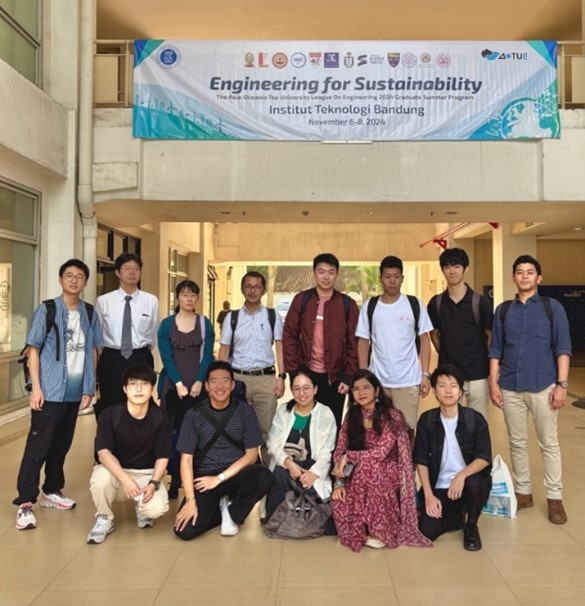
After an eight-hour-long flight, our group finally arrived on the night of November 5, tired and hungry. After reaching our hotel, we looked for a place to have dinner and stumbled upon a nice-looking café called UPNORMAL. Little did we know that this dinner would be far from normal, and that it would be a foreshadowing of things to come.
Many of the menu items had little chili symbols on them to show how spicy they were—from zero to three chilis—and I chose the Nasi Goreng Spesial because it had no chili symbols on it and seemed safe. To my surprise, it turned out that the chili symbols were a lie, because everything was spicy anyway. Note that most of us were either Japanese or had been in Japan for quite a while, so we weren’t particularly good with spicy food. I had chosen the least spicy option, and yet it had been the spiciest thing I had eaten in recent memory. However, the food was still delicious, so we would take bites, regret having done so, and then keep eating despite the heat. We ended the first day with good food but pained mouths and stomachs.
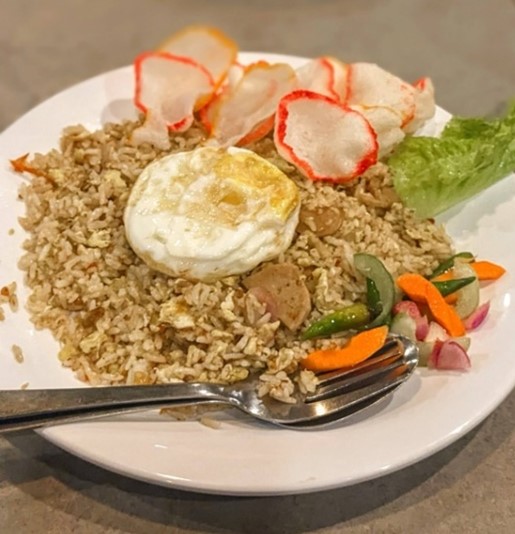
The next day (November 6), the conference proper began, and we were met with a warm welcome from the host university, Bandung Institute of Technology (ITB). We were greeted with a traditional Rampak Kendang dance and some opening remarks from the faculty and dean. After which, we finally met our group mates with whom we were tasked to create a presentation (we had only known each other through LINE). Our group was a mix of students from ITB and other prestigious universities around the Asia-Oceania region.
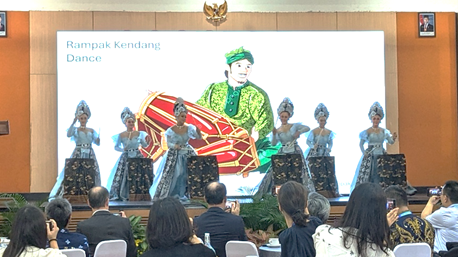
I thought that most of the conference would be spent on serious discussions as we worked on the presentation, but to my surprise, it was mostly spent on connecting with our group mates and other students as we traveled and explored Bandung. After introductions, we first headed to the Bengkok Hydroelectric Power Plant, one of the city’s historical infrastructure projects. Built in 1922 during the Dutch colonial period, it is still in service today (over 100 years!) and highlights Indonesia’s efforts toward using renewable energy.
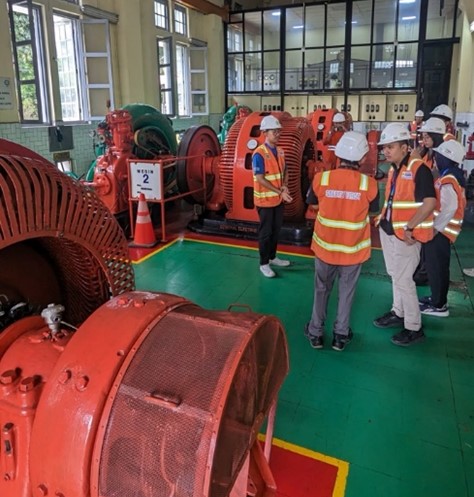
Next, we headed to the ITB Integrated Waste Treatment Plant, where they showcased ingenious waste treatment methods such as vermicomposting, where worms are used to break down organic material such as food scraps.
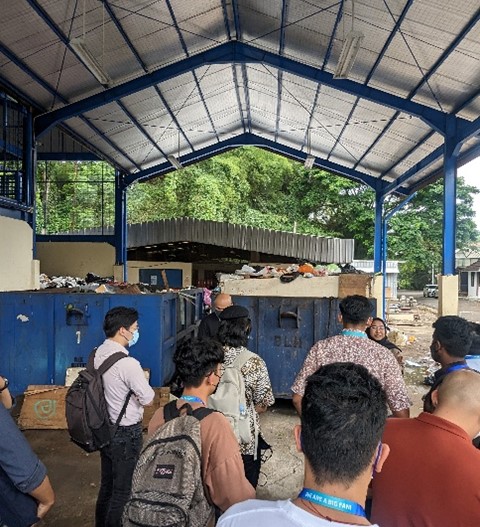
Finally, we returned to the assembly hall where we worked on our presentations for the next day, but not without being served a delightful, not-unbearably-spicy dinner. One of the major perks of going to conferences is trying out wonderful food from a tapestry of different cultures.
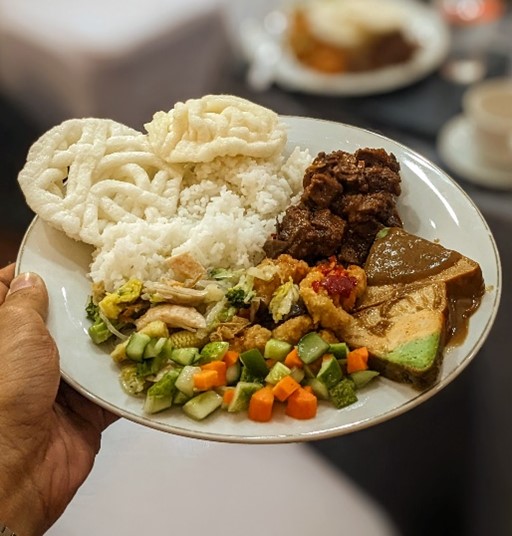
After pulling an all-nighter to finalize our slides, it was time for presentation day (November 7), where we suggested various sustainable solutions to different issues in Bandung, Indonesia. All the groups showcased their resourcefulness and creativity, and the presentation session showcased the value of diversity and broad perspectives in problem-solving. While our group didn’t win the award for best presentation, we’re confident that we won the audience’s hearts.
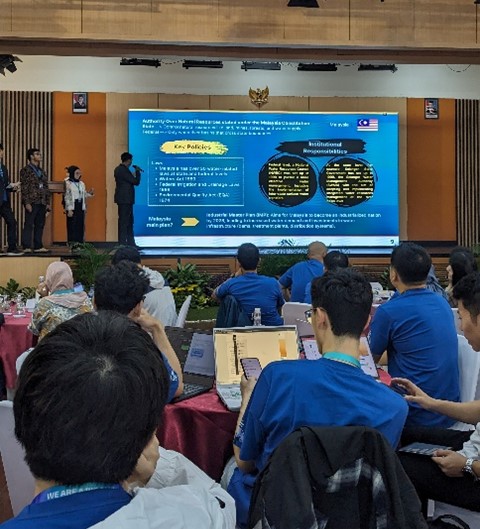
After the presentation session, we had some free time before the next activity, so we took the time to explore the campus and its beautiful architecture. Many of the buildings in ITB, such as the Labtek buildings, and the pair of Aula Barat and Aula Timur buildings, incorporate traditional Indonesian architecture. These buildings not only pay homage to Indonesia’s cultural heritage, but they also serve as centers for vital academic and research activities within ITB.
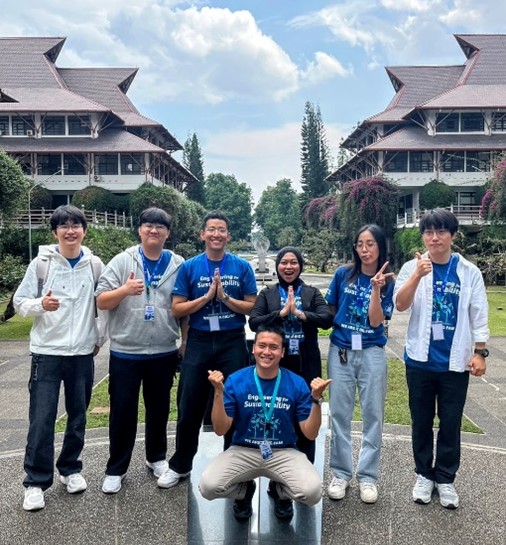
Finally, we headed to Saung Angklung Udjo, where we ended the day watching an hour-long live show filled with traditional Indonesian dances, musical performances, and an amusing puppet show. I was fascinated with the cultural diversity even within Indonesia, as we watched several dances from different regions around the country. I was also moved by the warm and welcoming attitude of the Indonesian people—some of the dances involved audience participation, and it was a joy to watch people from different countries dancing and celebrating together. The show ended with an interactive musical performance, where everyone was provided an angklung (a traditional instrument made of bamboo), and we played various songs with instructions from the conductor. It was a great way to show how music can bring everyone together.
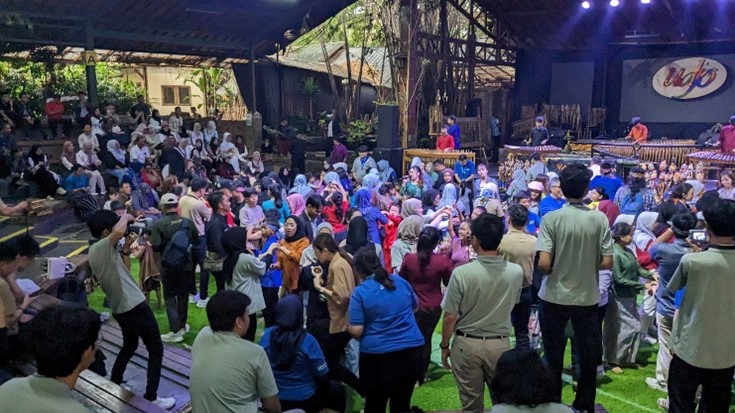
On the next and final day of the conference (November 8), we headed to Kawah Putih (lit. White Crater), a stunning volcanic lake surrounded by a white sulfuric landscape. To be honest, at this point, I had already forgotten that this was a student conference as it felt more like an all-expenses-paid vacation (please don’t tell my lab that).
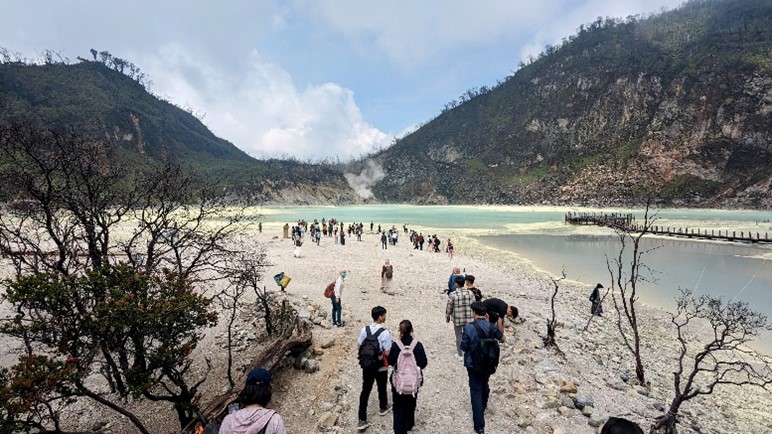
We then headed to Ranca Upas, a sanctuary dedicated to the conservation and protection of deer. We got to observe various species of deer in their natural habitat, and we even got to feed them ourselves. It was fun interacting with the deer, but it was also rewarding to see how the sanctuary worked to raise awareness about the importance of wildlife preservation.
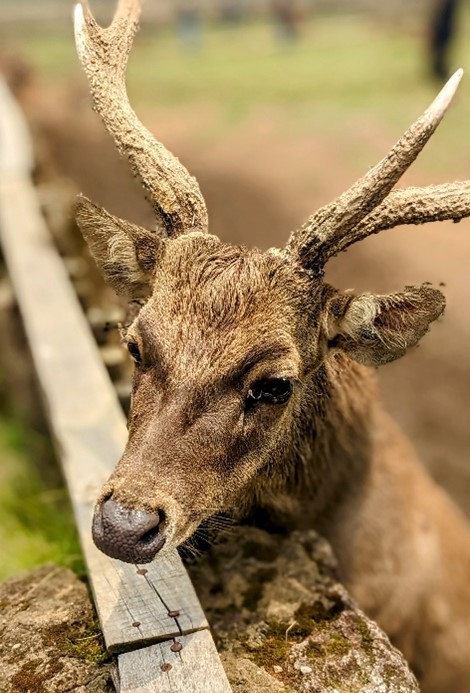
After having a final (and very spicy) late lunch together, we headed back to campus to bid our farewells. After an emotional goodbye, we Science Tokyo representatives returned to our hotels, packed our bags, and made our way to the airport. It was at this point that things started to go wrong. The traffic was at a standstill, and we realized with growing panic that we might only have an hour to spare before our flight. To make matters worse, some of us began to have upset stomachs, likely from the incredibly spicy lunch that we had. We had to stop over at a gas station to take a break. I was struck with genuine fear at the possibility of missing our flight. However, despite the other students clutching their stomachs in pain, we made it to the gate just in time, boarding the plane with only minutes to spare.
After safely arriving back at Haneda Airport on the morning of November 9, we parted ways and headed back to our homes for a well-deserved rest. No rest for me, though — I went home, switched suitcases, and immediately headed to Narita Airport for another flight later that evening. After meeting with my two lab mates, we safely departed…
To be continued in Part 2!
